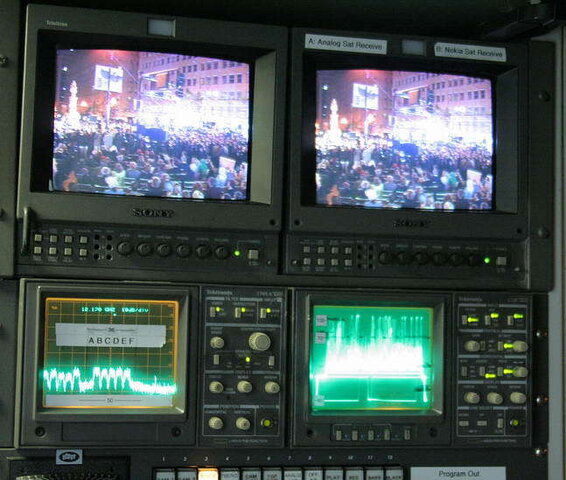Thanks newstruck that was very educational. Explains why a lot of us news-scoopers also
tweak and turn our little dishes so much, trying to get the last bit of signal strength on some
satellites. I am curious just how much 'battery' is saved on a satellite though, by lowering the power levels, I thought they recharged from solar panels, but maybe it all adds up over the life of
the bird.
tweak and turn our little dishes so much, trying to get the last bit of signal strength on some
satellites. I am curious just how much 'battery' is saved on a satellite though, by lowering the power levels, I thought they recharged from solar panels, but maybe it all adds up over the life of
the bird.



